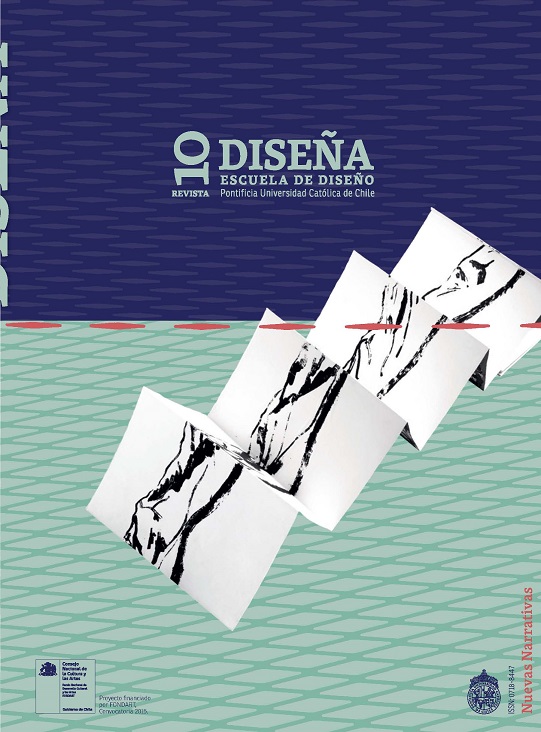The Contemporary Revolution of Montage (A Traductive Genealogy: Poetry - Film - Architecture - History)
Main Article Content
Abstract
In the horizon of the contemporary revolution in the dominant habits of representation imposed by montage, with its effects of interruptive signification by perspectivist fragmentation and revealing juxtaposition, this article inquires into its emergence starting from a series of traductive scenes between the arts throughout the 20th Century. After showing how the translation of the “dynamic image” of classical Chinese poetry impregnates imagist poetry and the subsequent ideogrammic method, it examines the way in which these poetics inspire the development of cinematographic montage (S. Eisenstein), which in turn is transposed into strategies for architectural projection (Le Corbusier, J. Nouvel, B. Tschumi) and for historic-philosophical conceptualization (W. Benjamin).
Downloads
Article Details

This work is licensed under a Creative Commons Attribution-ShareAlike 4.0 International license.
COPYRIGHT NOTICE
All contents of this electronic edition are distributed under the Creative Commons license of "Attribution-ShareAlike 4.0 Internacional" (CC-BY-SA). Any total or partial reproduction of the material must mention its origin.
The rights of the published images belong to their authors, who grant to Diseña the license for its use. The management of the permits and the authorization of the publication of the images (or of any material) that contains copyright and its consequent rights of reproduction in this publication is the sole responsibility of the authors of the articles.
References
Benjamin, W. (2005). Libro de los pasajes. Madrid: Akal.
Bois, Y. A. (1989). Introduction to S. Einsenstein. “Montage and Arquitecture”. Assemblage (10), 111-115.
Burkdall, T. (2001). Joycean Frames. Films and the Fiction of James Joyce. Nueva York: Routledge.
Cohen, J. L. (1992). Le Corbusier and the Mystique of the USSR. Princeton: Princeton University Press.
Eisenstein, S. (1989). Montage and Arquitecture. Assemblage (10), 110-131.
Eisenstein, S. (2003). La forma del cine. México, D. F.: Siglo XXI.
Eliot, T. S. (2001). La Tierra Baldía, The Waste Land. Barcelona: Círculo de Lectores.
Joyce, J. (1993). Ulysses. Londres: The Bodley Head.
Le Corbusier (1964). Oeuvres complètes, 1929-1934. Zúrich: Girsberger.
Mallet-Stevens, R. (1925). Le cinéma et les artes, l’architecture. Le Cahiers du mois (16-17), 95-98.
Martin, F. (Ed.) (1989). Traités Tang sur le parallélisme. Extrême-Orient / Extrême- Occident, 11, 109-124.
Nouvel, J., & Baudrillard, J. (2013). Les objets singuliers. París: Arlea.
Pound, E. (1951). The Letters of Ezra Pound. Londres: Faber & Faber.
Pound, E., & Zukofsky, L. (1987). Pound/ Zukofsky. Selected Letters of Ezra Pound and Louis Zukofsky. Nueva York: New Directions.
Pound, E. (1990). Personae. The Shorter Poems. Nueva York: New Directions.
Pound, E. (1991). Ezra Pound’s Poetry and Prose. Contributions to Periodicals (Vol. 1). Nueva York: Garland.
Pound, E. (1998). The Cantos. Londres: Faber & Faber.
Tschumi, B. (1981). The Manhattan Transcripts. Nueva York: St. Martin’s Press.
Tschumi, B. (1995). Arquitecture and Disjuntion. Cambridge MA: MIT Press.
Yu, P. (1987). The Reading of Imagery in the Chinese Poetic Tradition. Princeton: Princeton University Press.

